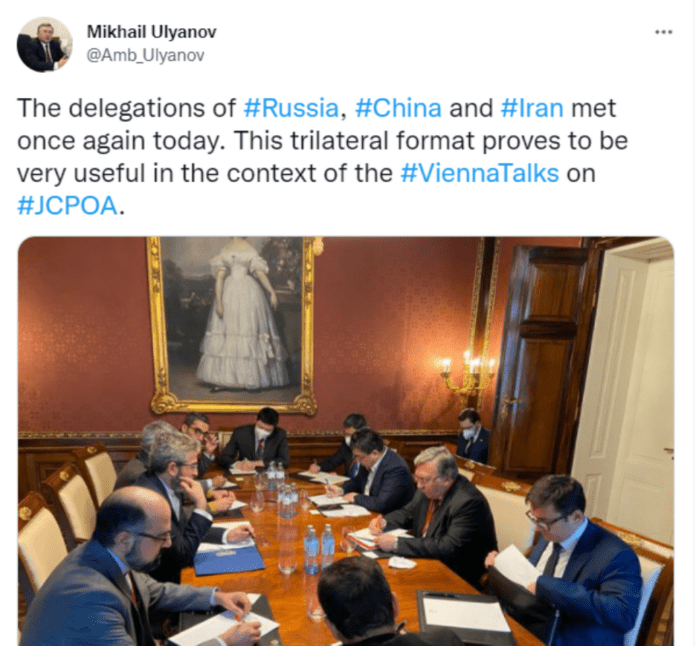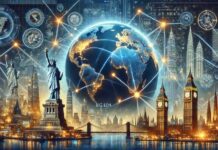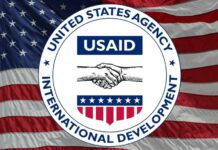To understand digital diplomacy, one must first understand the digital society. The reason being that diplomacy is a social institution and diplomats are social beings. Processes that affect society as a whole affect diplomats and it is through diplomats that such processes permeate into MFAs giving rise to new norms, values and working routines. Sociologists have argued that the digital society can be characterised by three main features. First, it is a society that exists in real-time. Indeed, people no longer wait for the morning’s newspaper or the evening’s newscast to learn about world events. Through social media and news sites people learn about world events as they unfold. Moreover, digital technologies render time meaningless as information and capital circle the globe within seconds while transatlantic Zoom meetings enable participants all over the world to interact in real-time.
Second, the digital society is one that transforms openness and transparency into a virtue. Members of the digital society are encouraged to lead “open” lives, to share their success and failures, marriages and divorces, promotions and miscarriages. The virtue of transparency is most evident on social media where users bare their souls in order to accumulate followers and likes. Social media demands that users constantly update followers on their actions, thoughts and feelings. Those who share the most on social media are rewarded with followers and influence. Those who share the least experience what Lupton calls “social death”- they are ignored and are followed by no one.
Finally, the digital society is one that exists at-a-distance. Parisian students may take university courses in the New York University; nurses can undergo training from the comfort of their house; drones operating in the skies of Pakistan are controlled from caravans outside Las Vegas while Zoom may be used as a tool for remote teaching.
An interesting question is how do the norms and values of the digital society shape the practice of digital diplomacy? One Russian diplomat offers an answer. A review of the Twitter account of Mikhail Ulyanov, Russia’s Ambassador to the international organisations in Vienna, illustrates how diplomats adopt the norms of the digital society and abide by its values. The Ambassador is one of the most active Russian diplomats on Twitter and has amassed a following of more than 11,000 users. Notably, unlike other Russian digital diplomacy accounts, the Ambassador does not merely use Twitter to lambast NATO or ridicule the “West”. Rather, Ulyanov uses Twitter to narrate the negotiations surrounding Iran’s nuclear weapons program and this narration bears the hallmarks of the digital society.
First, the Ambassador offers his followers a form of “real-time diplomacy” as he shares updates on the Iran negotiations as they unfold. In one tweet the Ambassador sums up the 7th round of negotiations while stating that the parties now “better understand each other”. In another tweet the Ambassador summarises meetings held before direct negotiations, while attesting to the usefulness of these meetings. Notably, the Ambassador shares images from the negotiations as they unfold, be it images of diplomats taking their places around the negotiating table or images of actual talks between the different parties. Such tweets may be seen below.
Second, the Ambassador offers his followers a “behind the scenes” look at international diplomacy, thus adopting the norms of openness and transparency. In some tweets the Ambassador shared his assessments that Iran is serious about negotiating a new deal and that such a deal is within sight. In another tweet the Ambassador deciphers signals sent between the different parties while in another he shares images of high-level meetings between US and Russian negotiators. Through these tweets, the veil of secrecy is partially lifted from the Iran talks and Twitter users gain access to processes that in the past were kept from prying eyes. Moreover, followers of the Ambassador receive a class in reading and deciphering diplomatic signals, another process once cloaked in a veil of discretion.
Finally, the Ambassador practises a form of “Diplomacy-at-a-distance” as he often engages with Twitter users. In one case a user suggested that the negotiations be moved to Russia as the cold climate might expedite the talks. The Ambassador answered “Why not”. In another instance the Ambassador replied to a user asking if the next round of talks may be the last round. A review of the Ambassador’s accounts reveals that he often engages with a global Twitter following allowing him to converse with global publics while remaining in Vienna. This is a diplomatic manifestation of the principle of society at-a-distance.
A pertinent question is whether these societal changes, that have altered the norms and working routines of diplomats, are positive? President Wilson famously called for open covenants of diplomacy following WWI and the role that secret treaties played in the outbreak of the war. In this sense, open diplomacy may be a positive occurrence, one that holds diplomats accountable to a global public. And yet one cannot deny that diplomacy requires, at times, discretion and secrecy especially when new ties are being formed, or when very contentious issues are being debated. Diplomats are thus now forced to conduct a balancing act, choosing when to opt for openness and when to opt for discretion.
The same may be said of real-time diplomacy. Indeed, the very notion of real-time seems at odds with diplomacy as many diplomatic processes require time. Rome was not built in a day and the Iran Deal was not carved out in one day. Diplomatic negotiations, diplomatic treaties and action in multilateral forums all require time and patience. The normative pressure on diplomats to practice “real-time diplomacy” may thus be a limitation. On the other hand, diplomats cannot afford not to offer real-time narration of world events given that diplomats compete over public attention opposite the media, national governments, opinion makers and influencers. Not to mention that digital publics want to learn about events as they occur and one cannot practice public diplomacy without first attracting the public.
Diplomacy at-a-distance is perhaps the easiest for diplomats to practice as social media affords them the opportunity to communicate with globally dispersed publics from their office or car. And yet, being conversational, interacting with users and responding to user comments is not without risk as diplomats can easily fall prey to trolls, or make statements that lead to negative headlines and harm bi-lateral relations. The short history of digital diplomacy demonstrates the ease with which online conversations with diplomats can be hijacked and derailed.
In conclusion, Ambassador Ulyanov’s account demonstrates how the digital society shapes digital diplomacy. Yet it also demonstrates that being a diplomat in the digital age is no simple task. Diplomats must constantly balance their professional goals with the demands of the digital society. Diplomats and Ambassadors now all walk a tightrope and must all perform a balancing act, one that was not required during the 18th or 19th centuries.












